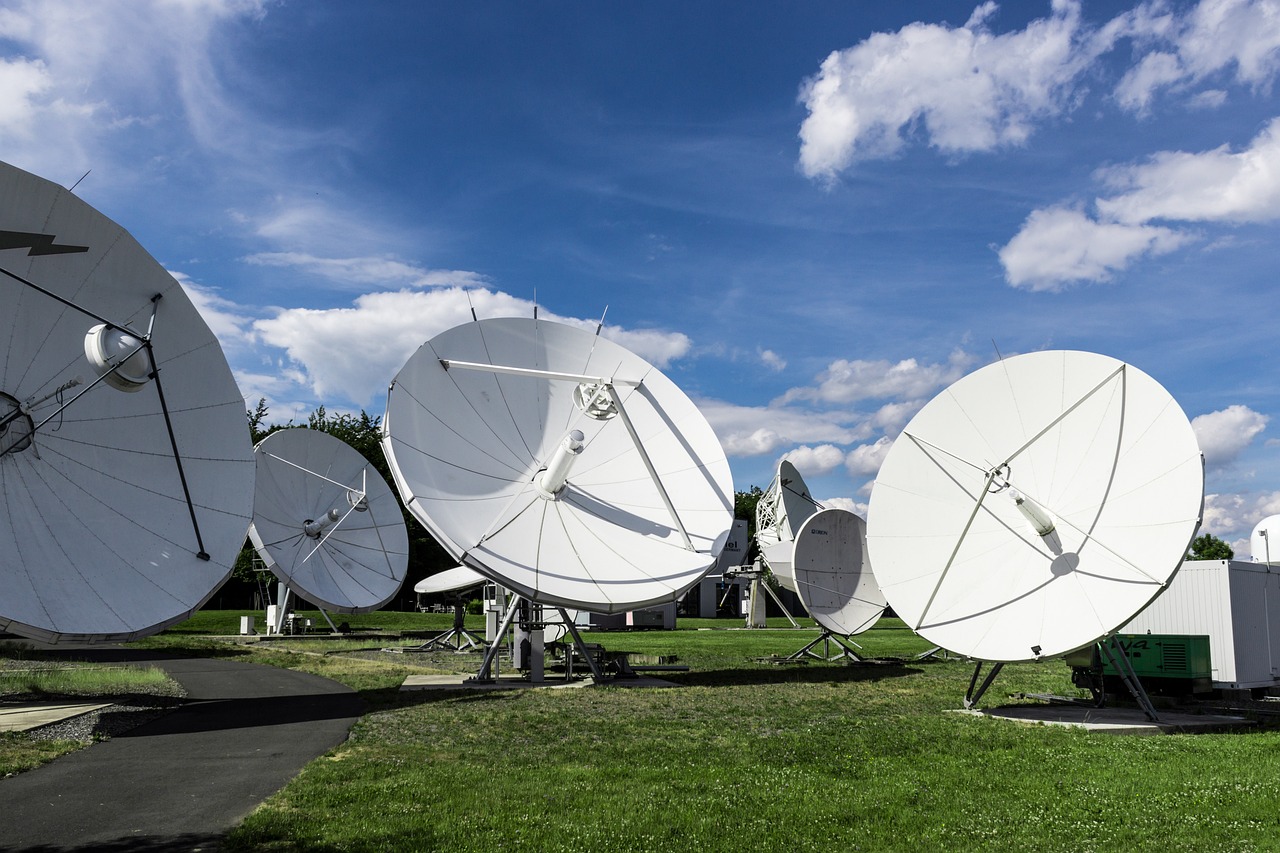In today’s digital era, internet radio has revolutionized how people access and enjoy music, news, and talk shows. Unlike traditional radio, which relies on broadcasting towers, internet radio streams audio content over the web, providing a wider array of programming and the convenience of global access. However, one crucial factor that directly affects the listener’s experience is streaming quality. Whether you’re a casual listener or a devoted audiophile, the quality of your stream can significantly impact your enjoyment, data usage, and even emotional connection to content. It is important to find the best audio stream hosting so that you have great quality.
1. Sound Quality Affects Listening Experience
Streaming quality determines the bitrate—the amount of data processed per second in audio playback. Higher bitrates generally result in better sound quality, preserving the richness and depth of the original audio. For internet radio, this means clearer vocals, more detailed instrumentals, and an overall immersive experience. Lower-quality streams, on the other hand, can sound flat, compressed, or distorted—making it hard to enjoy music or understand spoken content clearly.
2. Consistency Reduces Interruptions
Nothing is more frustrating than your favorite song or an important news segment being interrupted by buffering. High-quality streaming platforms often use adaptive bitrate technology, which adjusts the quality based on your internet speed. However, if the original streaming quality is too low or your connection unstable, interruptions can still happen. A good balance of high-quality audio and a stable internet connection ensures uninterrupted playback—especially important for live broadcasts or DJ sets where timing is key.
3. Higher Quality Builds Emotional Connection
Good audio quality enhances emotional response. Music, in particular, relies heavily on sound fidelity to convey emotion, mood, and atmosphere. Subtle nuances like reverb, stereo imaging, and bass depth help listeners feel more connected to the performance. With poor streaming quality, much of this emotional depth is lost, making the experience less engaging. For content creators, delivering high-quality audio means a better chance of building loyal, emotionally invested audiences.
4. Impact on Data Usage
While high streaming quality is desirable, it also uses more data. For mobile listeners or those with data caps, this can be a critical consideration. Many internet radio platforms allow users to choose between different quality levels, such as 64 kbps for low bandwidth or 320 kbps for high-fidelity audio. Understanding the trade-off between data usage and audio quality helps users make informed choices depending on their circumstances.
5. Professionalism and Credibility for Broadcasters
For internet radio stations, streaming quality reflects the professionalism of the broadcaster. Poor audio quality can make a station seem amateurish or unreliable, no matter how good the content may be. High-quality streams, on the other hand, can elevate the station’s reputation, attract better advertisers, and draw in a wider audience. In competitive media environments, every aspect of presentation counts—and streaming quality is a major part of that.
Streaming quality is not just a technical detail—it is a fundamental aspect of the internet radio experience. It affects everything from enjoyment and emotional engagement to data usage and station credibility. As technology advances and more people turn to internet radio as a primary source of entertainment and information, investing in good streaming quality—whether as a listener or a broadcaster—becomes more important than ever. In a world filled with digital noise, clear, crisp audio helps the best content rise above the rest.



